1. Zayre
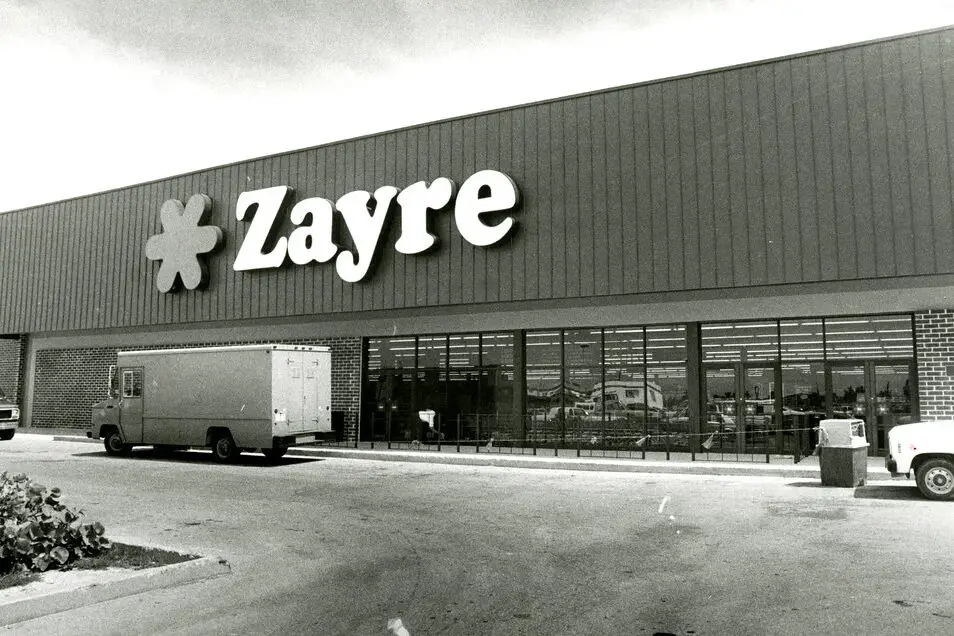
Zayre was once a go-to department store for affordable fashion, home goods, and toys. If you grew up in the ’70s or ’80s, you might remember the bright red logo and the thrill of finding a good deal. The chain was a direct competitor to Kmart and Woolworth, offering everything from school clothes to electronics at budget-friendly prices. But as retail trends shifted and competition got fierce, Zayre sold off its stores in the late ’80s. Some locations became T.J. Maxx, which the company had launched earlier, while others turned into Ames says Miami Herald.
Even though Zayre disappeared, it left a lasting mark on discount shopping. It was one of the early pioneers of the one-stop-shop department store model that places like Target perfected. Many shoppers still feel nostalgic for the store’s no-frills but practical approach. These days, people reminisce about the thrill of a good Zayre clearance find and how shopping there felt like hunting for hidden treasure.
2. Eagle Snacks

Before Frito-Lay dominated every snack aisle, there was Eagle Snacks, an airline-born brand that knew how to do peanuts right. Created by Anheuser-Busch in the ’70s, Eagle Snacks first took off by serving nuts on flights before making their way into grocery stores. They quickly expanded into chips, pretzels, and snack mixes, becoming a staple at Super Bowl parties and road trips. But despite their popularity, the brand couldn’t keep up with competitors like Frito-Lay, and by the mid-’90s, it was gone shares Thrillist.
Fans still swear that Eagle’s honey-roasted peanuts were the best around. The brand even introduced a ranch-flavored snack mix before ranch was the powerhouse seasoning it is today. Many still associate Eagle Snacks with a certain era of casual snacking—before everything had to be organic, gluten-free, or have 12 different flavors. Their influence can still be felt in how we snack today, with mixed nut blends and flavored pretzels now a grocery aisle standard.
3. Merry-Go-Round

Merry-Go-Round was the mall store where every fashion-forward teen in the ’80s and early ’90s shopped. Known for its flashy, edgy clothes, it was the place to get your parachute pants, acid-wash denim, and clubwear. The store thrived on the bold, neon-soaked trends of the MTV generation. If you wanted to dress like a pop star or a breakdancer, this was your spot. But when grunge and minimalist fashion took over in the mid-’90s, Merry-Go-Round struggled to keep up says PennLive.com.
By 1996, the brand was out of business, unable to adapt to the rapid shifts in fashion trends. Despite its downfall, its impact on mall culture was undeniable. It helped cement the idea of trendy teen-focused retail stores that later brands like Hot Topic and Forever 21 would perfect. And for those who lived through its heyday, just hearing the name can bring back memories of spending hours at the mall, trying to find the perfect outfit.
4. Kenner
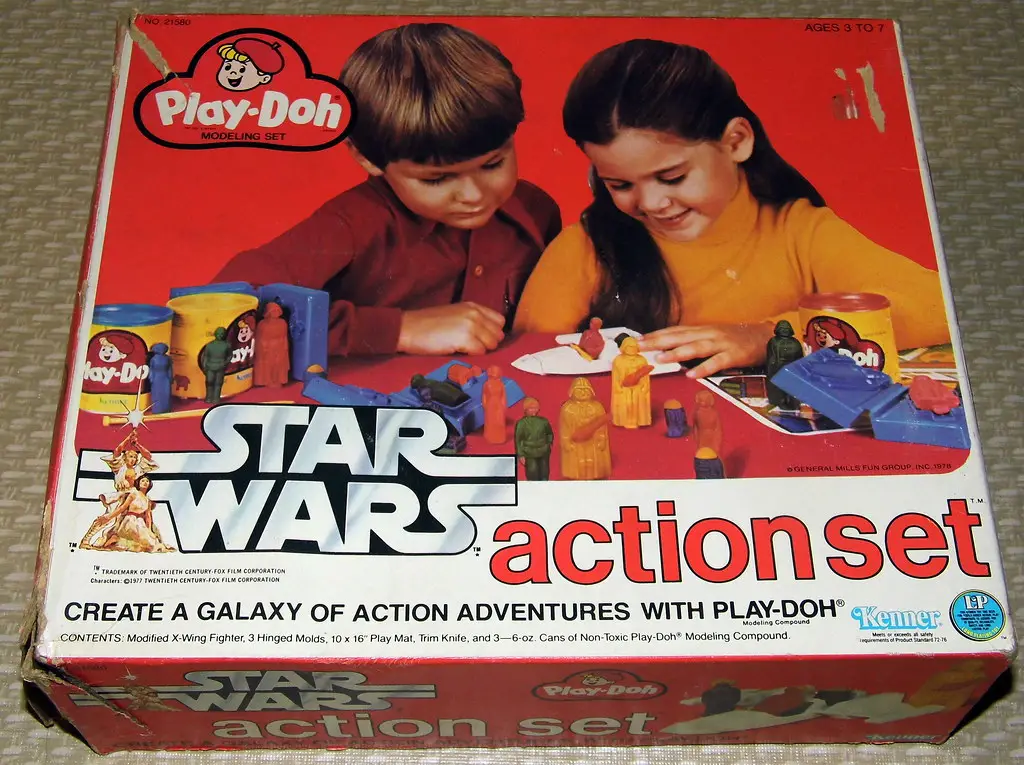
Kenner was the toy company behind some of the most iconic playthings of the ’70s and ’80s, including Star Wars action figures, Easy-Bake Ovens, and Spirograph. It practically defined childhood for a generation, pioneering the 3.75-inch action figure size that’s still standard today. When Star Wars exploded in popularity, Kenner was the only company willing to take a gamble on the toys. That bet paid off, as they sold millions and changed toy merchandising forever says Ghostbusters News.
Despite its success, Kenner was bought out by Hasbro in the ’90s, and the name eventually disappeared. But its legacy is everywhere—action figures, collectible toys, and movie tie-ins owe their existence to Kenner’s innovative strategies. Many of its best-known toys, like the Easy-Bake Oven, still exist under different brands. But longtime fans still miss the days when Kenner’s logo meant you were holding something special.
5. Brown Derby
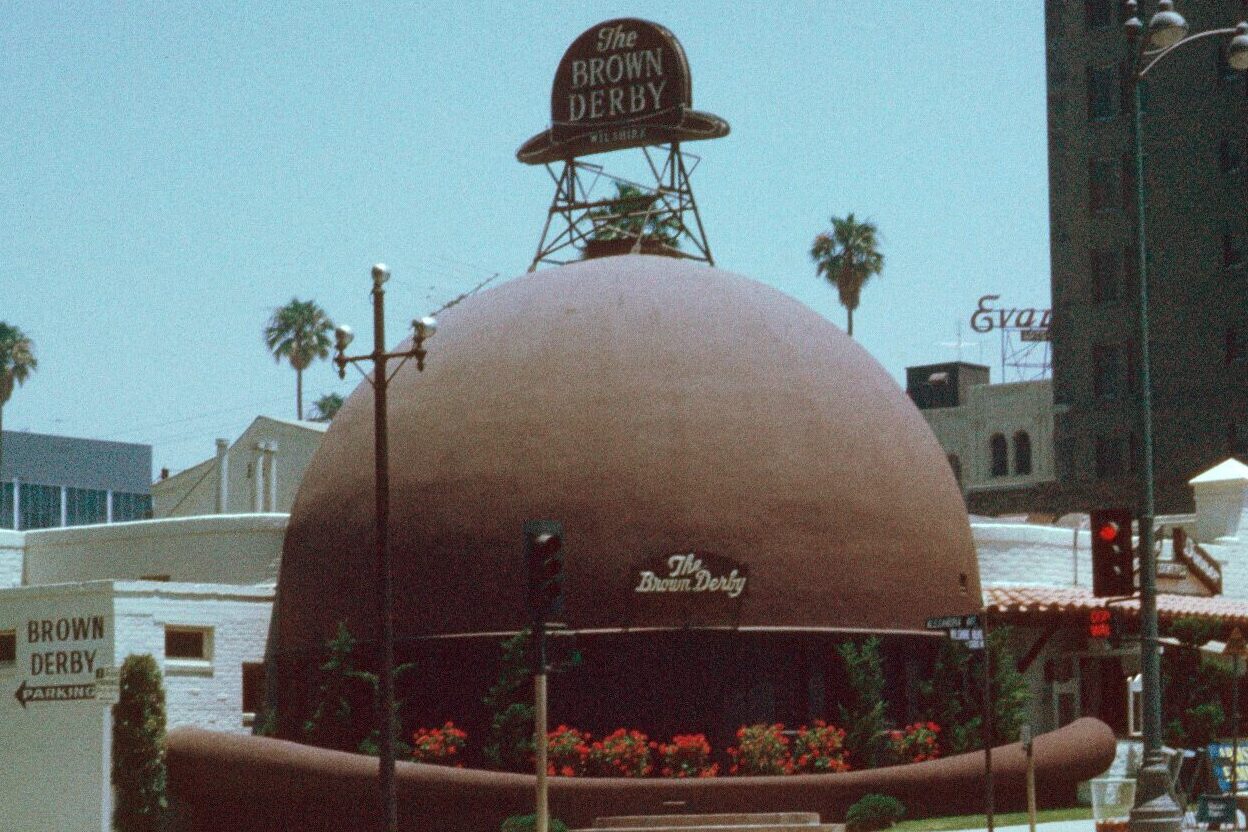
Before there was Applebee’s or TGI Fridays, Brown Derby was the place to grab a good meal in a classy yet casual setting. Originally a Hollywood hotspot in the ’30s, the brand expanded into a chain of restaurants known for their signature Cobb salad and steak dinners. It was the kind of place where celebrities and everyday people could dine side by side. But as fast-food chains and newer casual dining spots took over, Brown Derby’s star faded.
By the ’80s, most of the locations had closed, though a few stragglers tried to keep the brand alive. Despite its decline, Brown Derby’s influence is still seen in modern chain restaurants that aim to blend affordability with a touch of class. The restaurant’s legacy also lives on in the famous Cobb salad, which was created there and remains a menu staple at countless restaurants.
6. Bugle Boy
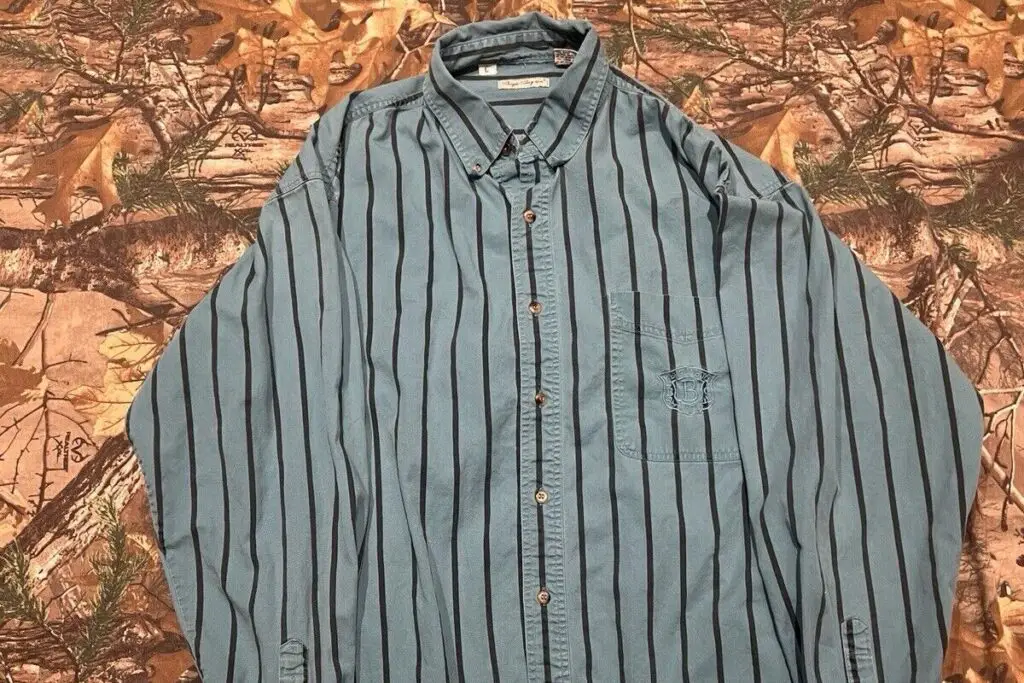
If you were a guy in the late ’80s or early ’90s, there’s a good chance you owned a pair of Bugle Boy jeans. The brand was known for its casual yet stylish denim, often featuring pleats and elastic waistbands. Bugle Boy was all about relaxed, everyday fashion that still looked put together. Their commercials were everywhere, with the classic line, “Are those Bugle Boy jeans you’re wearing?” becoming part of pop culture.
By the late ’90s, the brand struggled to compete with newer, edgier labels, and it eventually faded from stores. But its influence on men’s casual wear is undeniable—cargo pants and relaxed-fit jeans owe a lot to Bugle Boy. And for those who grew up wearing them, it’s still one of the most nostalgic clothing brands of its time.
7. Chi-Chi’s
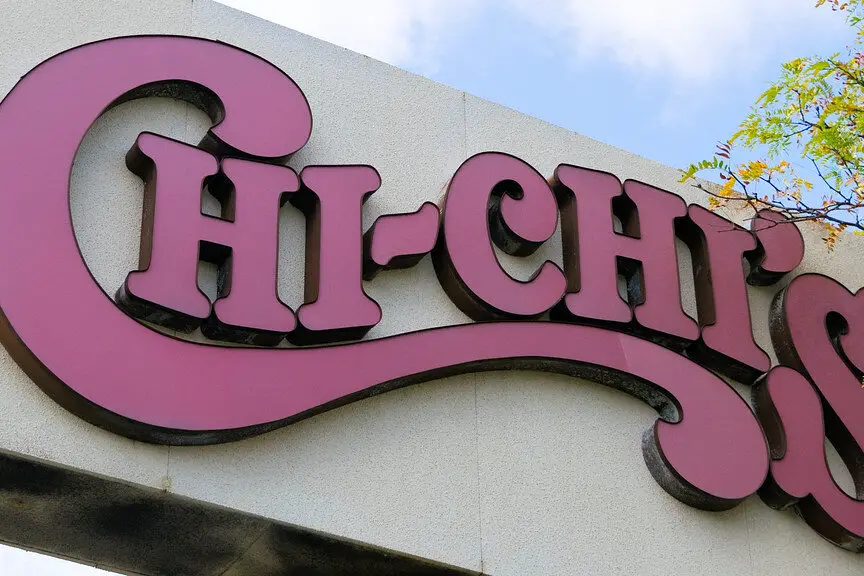
Chi-Chi’s was one of the first big Mexican restaurant chains in the U.S., bringing fajitas, chimichangas, and endless margaritas to the masses. Founded in the ’70s, it quickly became a favorite for its festive atmosphere and generous portions. It helped introduce many Americans to Tex-Mex flavors long before Chipotle or Taco Bell’s modern revamp. But a combination of changing tastes and a disastrous food poisoning outbreak in the early 2000s led to its downfall.
By 2004, nearly all locations had closed, though the brand still exists on store shelves as a salsa and chip line. Despite its disappearance, Chi-Chi’s helped pave the way for the casual Mexican dining craze that’s still going strong today. And for those who dined there, the name still brings back memories of sizzling platters and extra-large frozen margaritas.
8. Topps Chewing Gum

Topps is best known for its baseball cards, but for decades, it was also a major player in the gum world. Bazooka Joe, Ring Pops, and Push Pops were all Topps creations, making it a childhood favorite for anyone with a sweet tooth. Their gum wasn’t just about flavor—it came with comics, stickers, and prizes, making every pack feel like an experience.
Though the brand still exists in the trading card world, its gum division faded in the 2000s. Many of its most famous products still live on under different brands, but there was something special about the original Topps versions. For those who grew up unwrapping a Bazooka Joe comic or collecting Garbage Pail Kids stickers, Topps gum was a sweet part of childhood.
9. Saturn
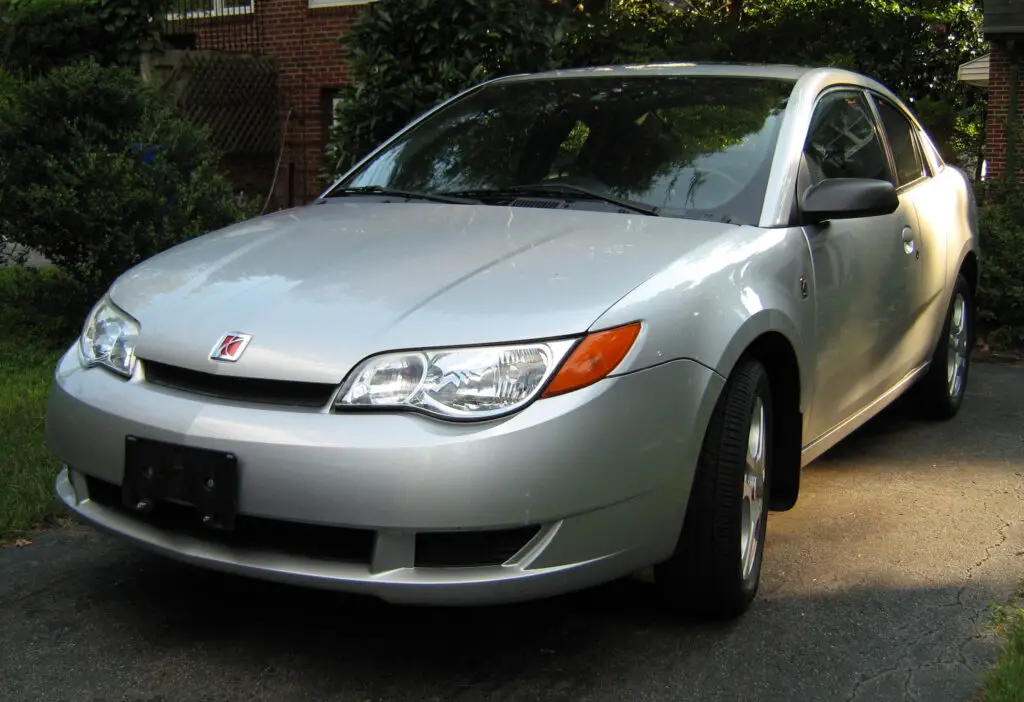
Saturn was the car brand that promised to do things differently, and for a while, it actually did. Launched by General Motors in the mid-’80s, Saturn marketed itself as the friendly, no-haggle alternative to traditional car dealerships. The brand’s cars were known for their affordability, reliability, and dent-resistant plastic panels. Owners loved the customer-first approach, and Saturn even had an annual “homecoming” event where proud drivers could visit the factory and celebrate their cars.
Despite a devoted fan base, Saturn couldn’t keep up with industry changes. GM struggled to invest in new models, and by 2010, the brand was officially discontinued. Even so, Saturn’s emphasis on customer service and stress-free car buying influenced how dealerships operate today. For those who owned one, a Saturn wasn’t just a car—it was a symbol of a better way to buy and drive.
10. Olympia Beer
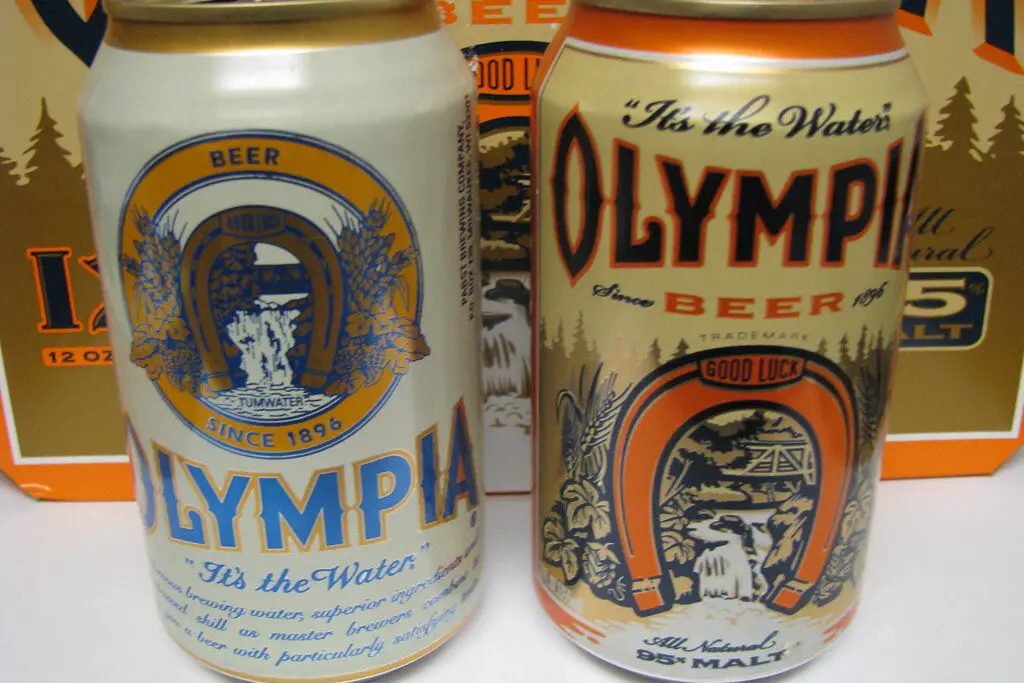
“Olympia—it’s the water.” If you grew up in the Pacific Northwest, you probably heard this slogan countless times. Olympia Beer was a regional favorite, known for its crisp, easy-drinking lager and connection to Washington state’s pure artesian water. It was one of those old-school American beers that had a devoted following, especially among working-class drinkers. But as major breweries like Budweiser and Coors expanded, Olympia struggled to compete on a national level.
By the early 2000s, production slowed, and in 2021, the brand was officially discontinued. But its legacy remains in the craft beer boom, as many small breweries take inspiration from regional favorites like Olympia. The beer may be gone, but the brand still holds a special place in the hearts of those who remember cracking open a cold one by the campfire.
11. The Limited

Before fast fashion took over, The Limited was the place to shop for trendy yet professional women’s clothing. The brand exploded in popularity in the ’80s and ’90s, catering to working women who wanted stylish office attire without breaking the bank. It also helped launch spin-off stores like Express and Limited Too, which targeted younger shoppers. The Limited was known for its clean, modern designs and high-quality basics that could be worn from the office to a night out.
However, as shopping habits changed and online retail took over, The Limited struggled to keep up. It officially shut down its stores in 2017, though its influence can still be seen in brands like Ann Taylor and Banana Republic. Many shoppers still miss its classic blouses and tailored slacks, proving that some styles never go out of fashion.
12. Drexel Heritage

For decades, Drexel Heritage was one of the most respected names in American furniture. Known for its high-quality craftsmanship and timeless designs, it was a staple in homes across the country. Whether you were furnishing a formal dining room or a cozy living space, Drexel offered elegant, well-made pieces that stood the test of time. The brand had a reputation for blending traditional styles with modern touches, making it popular with homeowners who wanted classic yet functional furniture.
As trends shifted toward cheaper, mass-produced furniture, Drexel Heritage struggled to compete. The brand was eventually discontinued in 2018, marking the end of an era in American home decor. Even though it’s gone, its influence remains in the way people seek out quality over quantity when it comes to furniture. For those who grew up with a Drexel dining table or dresser, the brand represents a time when furniture was built to last.
